11 October 2015. Burlington and Cootes Paradise Hamilton, ON. Despite (or maybe because of) strong southwest winds, it was a day full of birds on the move. It started with a census that turned up some interesting raptors: a couple of Bald Eagles, a Northern Harrier and several Red-tailed Hawks in particular. But despite anxious flocks of American Robins gorging themselves on the bight berries of magnolias, and a couple of early Tundra Swans returned from their Hudson Bay nesting grounds, the birds of the day were kinglets; everywhere kinglets.
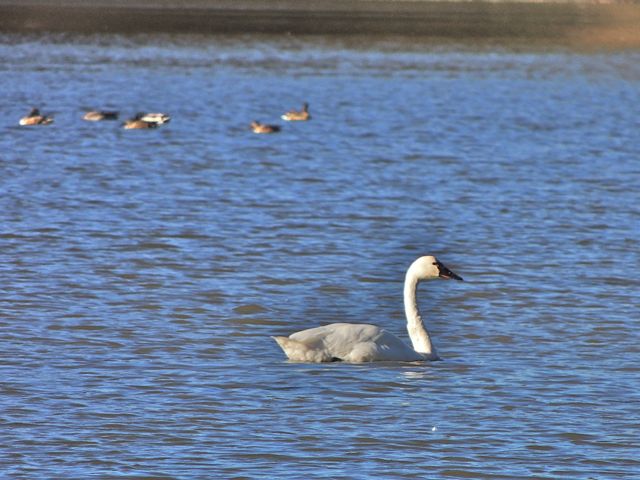
I encountered several Golden-crowned Kinglets on my morning census walk, but on returning home, I found Ruby-crowned Kinglets at almost every turn in my, and my neighbours’, back yards. At any one time there were probably twenty in sight.
For a tiny bird, kinglets have a lot going for them, they weigh a mere six grams, the same as a Canadian quarter or a British ten-pence coin. They seem to subsist on the almost invisible. At this time of year they are snapping up insects gleaned from leaves and litter in tangles of vines, among bushes and tree branches high and low. The gable end of my neighbour’s house must be teeming with insects, Ruby-crowns have been fluttering for food around his window all afternoon.
They choose to nest in the coniferous forests of the north but, being hardy little mites, don’t move very far south for the winter. With layers of super-insulation beneath their outer feathers and by huddling together they can withstand the bitterest winter nights.
In a broad band centred along the St Lawrence valley from Quebec and Maine through Vermont, New York and Ontario, Golden-crowned Kinglets manage to stay around all year. For those that do fly south, almost all states east of the Rockies are wintering grounds for Golden-crowns. Ruby-crowned Kinglets move just a little farther south, anywhere south of a line from Pennsylvania to California seems to work for them.
The mortality rate among kinglets is high. Both kinglet species lay up to eight or nine eggs and sometimes raise two broods per year; that’s a lot of young brought into the world to replace two parent birds.
Kinglets are always on the move, they can be hard to follow with binoculars and even harder with a camera. For every one modestly successful photo, I’ve discarded ten that were either empty or showed only the blur of a departing bird for my troubles. Here are a few in a slide-show visible only on the website, not if you’re reading this as an email.
.
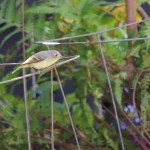
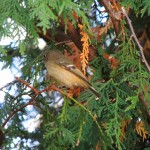
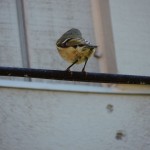
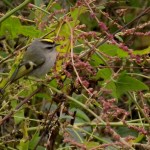
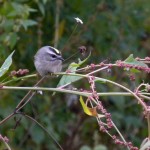
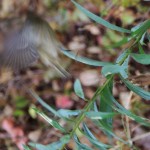
Nice work with the kinglet photos – as you mentioned they are extremely difficult to photograph because of their incessant movements. I try again and again with much worse results.
This fall another Wisconsin birder posted photos of a Golden-crowned in a spider web. They witnessed the bird fly into the web and get stuck, only to eat all the insects trapped, and then fly off. It was the first I’d hear of that kind of activity.